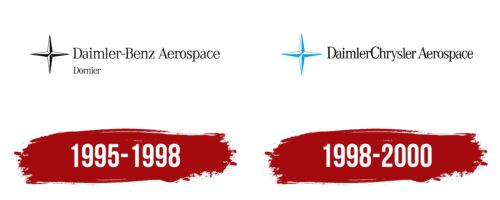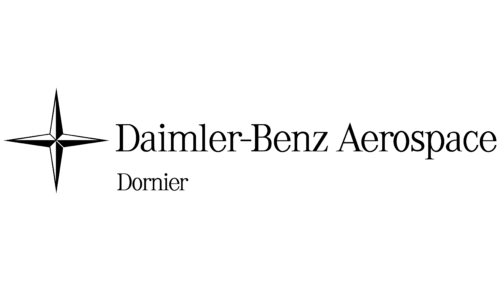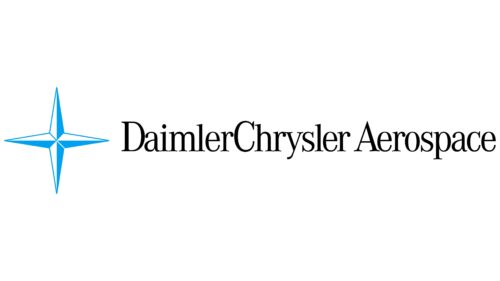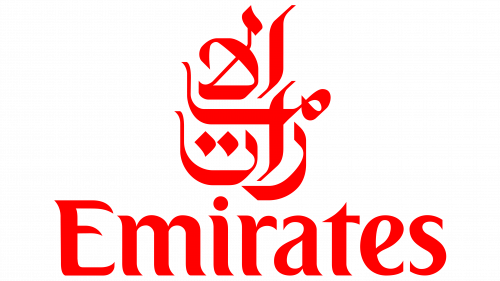 DaimlerChrysler Aerospace Logo PNG
DaimlerChrysler Aerospace Logo PNG
The logo of DaimlerChrysler Aerospace, now part of the Airbus Group, symbolized the union of two industrial giants, Daimler-Benz and Chrysler. This emblem reflected their shared legacy and engineering prowess, blending automotive and aerospace technologies. It represented the company’s commitment to innovation in the aviation and space sectors, showcasing its German-American roots and ambition to lead in developing cutting-edge aerospace solutions. The design emphasized precision and innovation, which are crucial in an industry where both are paramount, illustrating the integration of robust engineering disciplines under one corporate banner.
DaimlerChrysler Aerospace: Brand overview
In 1989, Daimler-Benz AG embarked on a new endeavor by creating the aerospace subsidiary DaimlerChrysler Aerospace (DASA) to revolutionize the aerospace industry in Germany. This move propelled DASA to the forefront as a leading manufacturer of airplanes and components.
In 1992, DASA acquired its competitor Messerschmitt-Bölkow-Blohm (MBB), seamlessly integrating it with its existing aerospace businesses, MTU München and Dornier Flugzeugwerke. This merger strengthened DASA’s position as a key player in the aerospace industry, increasing its capabilities and expanding its sphere of influence.
In July 2000, DASA joined forces with France’s Aérospatiale-Matra and Spain’s Construcciones Aeronáuticas SA (CASA) to form EADS, now known as the Airbus Group.
Meaning and History
What is DaimlerChrysler Aerospace?
It is a German aerospace company that designs and manufactures aircraft, spacecraft, and defense systems. It has been a major player in the aerospace industry, involved in projects ranging from commercial aviation to military defense. Through mergers and restructuring in the aerospace sector, the company became part of the European Aerospace Company (EADS), now known as the Airbus Group.
1995 – 1998
The logo of Daimler-Benz Aerospace is an expanded version of the Daimler-Benz AG logo. The compass rose in the logo points to the four cardinal directions and emphasizes that the company manufactures aircraft that fly across countries and continents. The image suggests a star, foretelling good fortune and aspirations towards the sky for the company.
The star motif connects to the parent company’s emblem, where the three beams symbolize a drive for excellence and high aspirations. The addition of a fourth element signifies a raising of the stakes. Whereas previously, the brand dominated on land, it now seeks to conquer the air.
The company was originally founded as Deutsche Aerospace AG, but in 1995, it adopted the name of its parent company, Daimler-Benz, to enhance its market presence. The name Daimler-Benz Aerospace is prominently featured in the logo.
An interesting addition below the main name is “Dornier,” a well-known German aviation manufacturer that began operations before World War I and was the inventor of the flying boat. Dornier-Werke GmbH’s company became part of Daimler-Benz Aerospace, a fact in which the company takes pride. Hence, the designer’s name is highlighted in the logo.
Interestingly, the compass rose that has become the emblem for Daimler’s aerospace company closely resembles the logo of Dornier-Werke – four petals made from two halves with a small tail at the bottom to create the image of an airplane.
1998 – 2000
The German aerospace manufacturer’s logo features a double compass arrow, with vertical arrows pointing north and south and horizontal arrows pointing west and east. A thin line runs through the center, dividing the logo into white and blue sections, giving it a three-dimensional look. To the right of the arrows is the company name in a classic serif font with tiny notches, using bold and thin lines. The black lettering adds a professional touch.
The compass arrows symbolize the company’s broad expertise in aerospace technology. The thin line suggests precision, a crucial aspect of aerospace engineering. The company name’s black color conveys seriousness and professionalism, aligning with the industry’s high standards.
The three-dimensional effect created by the sharp edges of the arrows adds depth, indicating a cutting-edge approach. The division into white and blue sections highlights balance and meticulous attention to detail.
The classic serif font exudes tradition and reliability, reinforcing the company’s established reputation. The mix of bold and thin lines in the letters adds sophistication, blending strength and precision. The black text enhances the logo’s authoritative appearance.
The layout, with the emblem on the left and the company name on the right, creates a balanced design. This ensures the emblem catches the eye first, establishing the brand identity while the name provides clarity and recognition.





